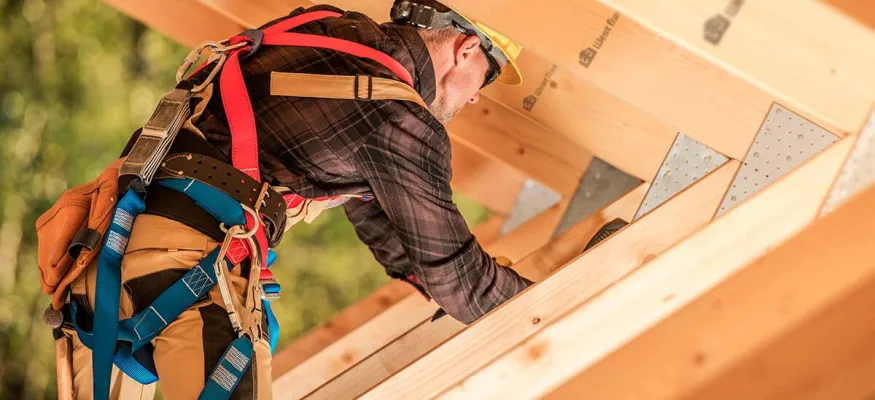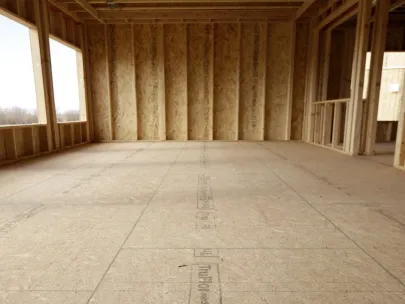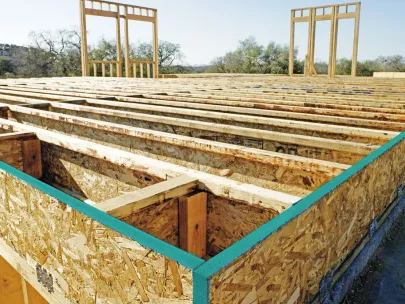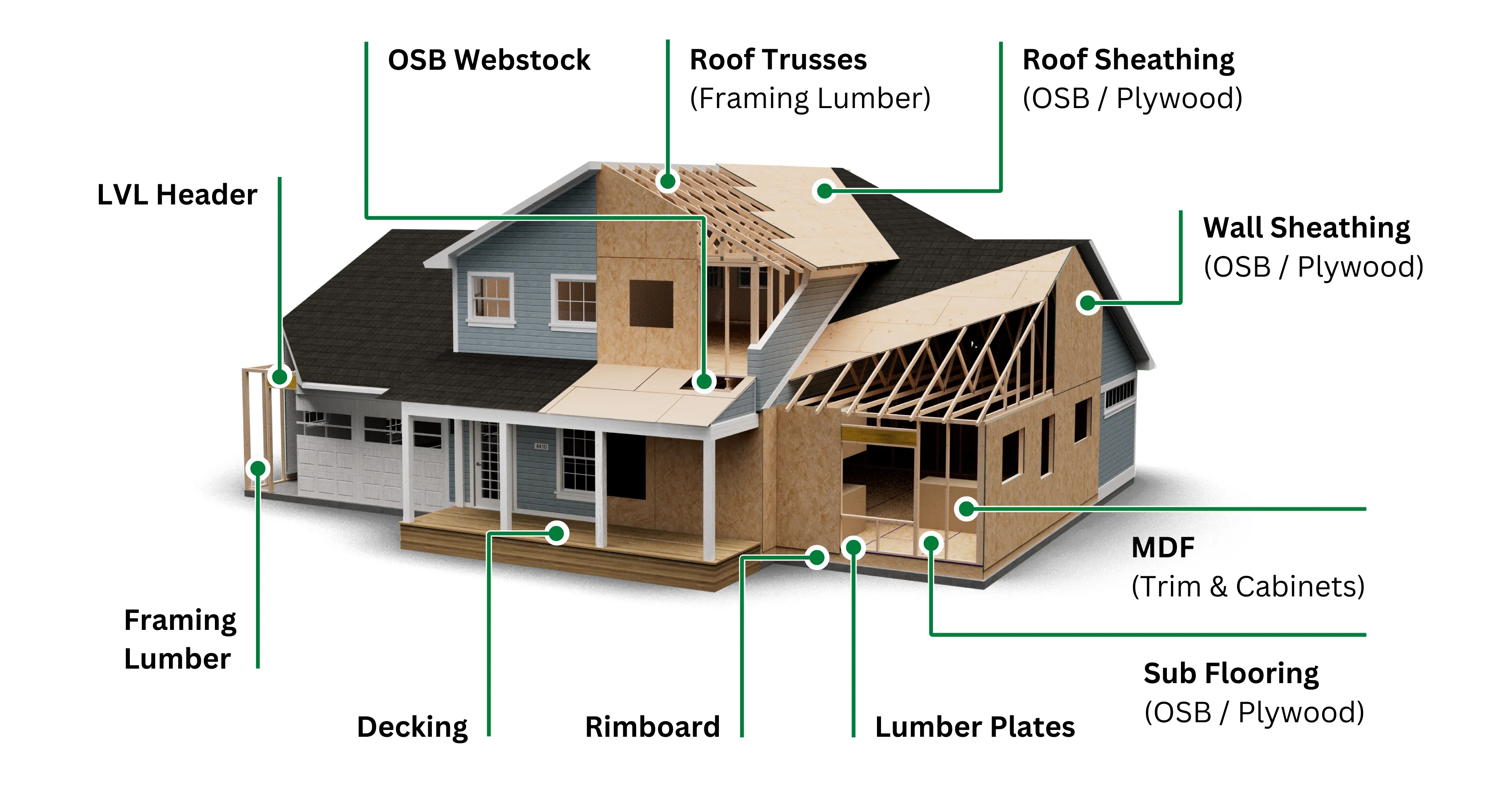
Why Choose Wood
Wood products have lower embodied carbon compared to many other building materials. Responsibly sourced wood products provide additional climate benefits by sequestering atmospheric carbon during tree growth. The stored carbon in wood products, coupled with sustainable forest management and appropriate end‑of‑life management, all contribute to wood products having a positive impact to the climate.
Benefits of Using Wood Products
Wood is widely recognized as a sustainable material for construction and manufacturing. As a renewable resource, wood offers a natural solution to the growing demand for low-carbon materials, supporting efforts to reduce environmental impact across industries. From its ability to store carbon to its low-energy production process, wood contributes to global initiatives aimed at mitigating climate change and preserving natural resources.
When responsibly sourced, wood products meet various international sustainability standards and offer environmental benefits that extend beyond their immediate use. These include carbon sequestration, and a significantly reduced embodied carbon footprint compared to other GHG-intensive building materials.
Attributes of Wood

Carbon Storage
Responsibly sourced wood products are an environmentally-friendly choice because they are grown naturally, capture carbon dioxide from the atmosphere as they grow and continue to store carbon throughout their lifetime.

Proven Performance
Wood is a high-performance building material, demonstrated by both enduring historic structures and today’s innovative timber towers. That’s why modern building codes around the world increasingly recognize wood's exceptional capabilities—including strength, versatility and fire resistance.

Energy-Efficient
With the least embodied energy of all major building materials, wood products require less energy throughout their lifecycle. And as a naturally insulating, thermal material, wood products can boost energy efficiency—keeping buildings warmer in the winter and cooler in the summer.

Wellness & Beauty
Wood has long been valued for its natural warmth and beauty—and today, scientific research is confirming its biophilic advantages, linking exposure to natural materials like wood to health and well-being benefits.

Durable & Resilient
Durable and strong, wood is a resilient material that can last for decades or even centuries. Modern engineered wood products enhance timber buildings' ability to withstand strong winds, harsh weather, fire, and earthquakes.

Value & Versatility
Wood products provide excellent value, being versatile, lightweight and easy to work with. Softwood lumber and engineered wood are ideal for prefabricated construction, helping make housing construction faster and more affordable.
From Frame to Finish
Whether building, finishing or renovating, our renewable wood products offer the strength, beauty and efficiency modern construction demands. From structural components and roof sheathing to decking and interior finishes, West Fraser provides high-quality solutions for every part of the home.


At West Fraser, we believe we share a responsibility for the communities where we operate. That’s why we contribute not only time and funding, but also the products we make—supporting local projects that help people learn, grow and thrive.
From community builds and affordable housing to educational spaces, our donated products help create places where people can reach their potential and build a better future.

